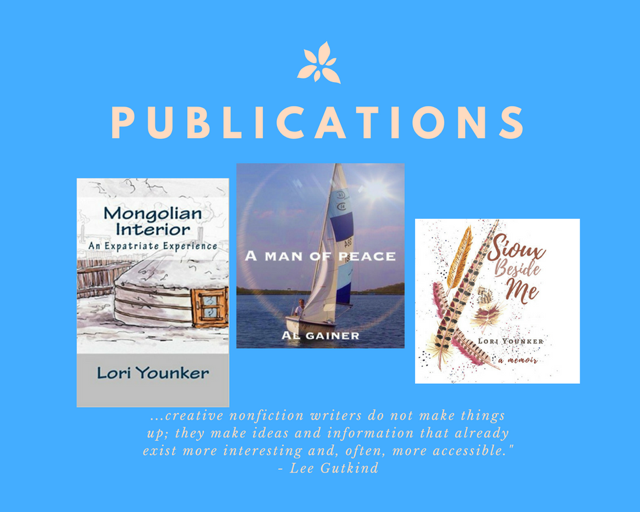The grown-up simile might be considered the metaphor. When a writer uses imagery founded upon metaphor he evokes emotion and understanding. Saying more in less space is the craft of the songwriter and memoirist alike. Do you want readers to be anchored in the moments of your life, to feel what you felt when you felt it? The metaphor will be the key to what otherwise might be locked up or inaccessible to your reader.
We have entertained a few similes of Andrew Peterson found in his memoir, Adorning the Dark. I’ve learned so much from him and want you to learn it also.
Regarding leaving the past behind:
pg 67 “. . . and music was the horse that bore me safely out of town.”Regarding the first sparks of writing inspiration:
pg 21 “. . . I had a nibble–enough to tell me there were fish in the pond.”Using verbs and a composite of nature-based images to encourage the writer to see:
pg 39 –“Look out over the field to your right. Leave the well-travelled road. Quiet the engine. Sit in the fertile dirt and listen. Watch how time changes the light, how steadily the firmament burns. Know that I am with you always, and let that knowledge find life in the best words you can find them.Teaching us to be content without houses to spend more time on our calling or craft:
pg 60 –“Rip out the carpet and let it be.”Using cliche’ as metaphor and imagery:
pg 77 –You could be not just barking up the wrong tree but hunting in the wrong forest altogether and not know it until you’re considerably older.Using power verbs, verb phrases, English expressions to craft the tension:
pg 15 –“And yet, at war with that desire to be invisible. . . “Andrew Peterson, Adorning the Dark: Thoughts on Community, Calling and Mystery of Making, B&H Publishing, Nashville, TN 2019.
The creation of imagery as a craft choice is all around us. From your kitchen to the intersection you dread and avoid on the way to work, you see things that can be attached together with a deeper meaning to enhance the reader’s ability to see what you see, and thus, feel what you feel.
—-
Back to Writing Tips
Continue on to Module 4 RESEARCH & PRESENTING EVIDENCE: Back up observation with research



